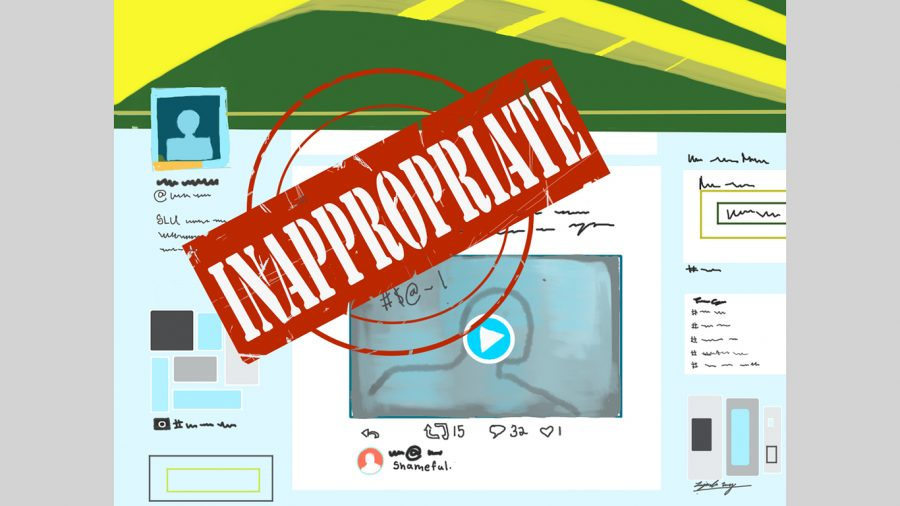Free Courses Sale ends Soon, Get It Now


Free Courses Sale ends Soon, Get It Now



Copyright infringement not intended
In News
Steps taken by government agencies to tackle objectionable media content
About Information Technology (Intermediary Guidelines and Digital Media Ethics Code) Rules, 2021
Key Features of the Rules
https://t.me/+hJqMV1O0se03Njk9
© 2024 iasgyan. All right reserved